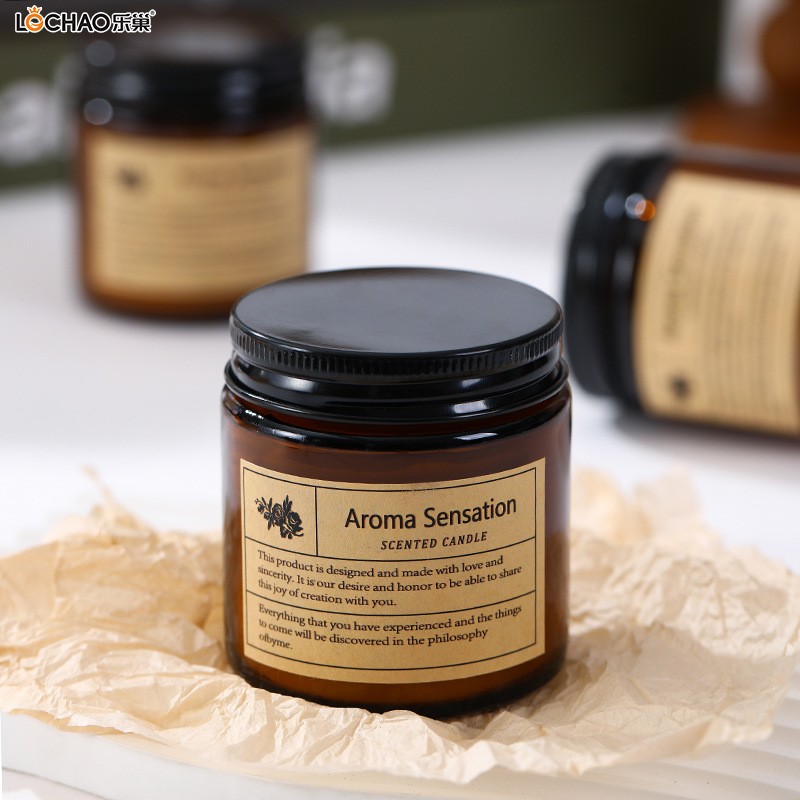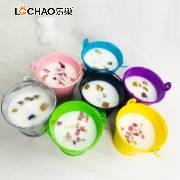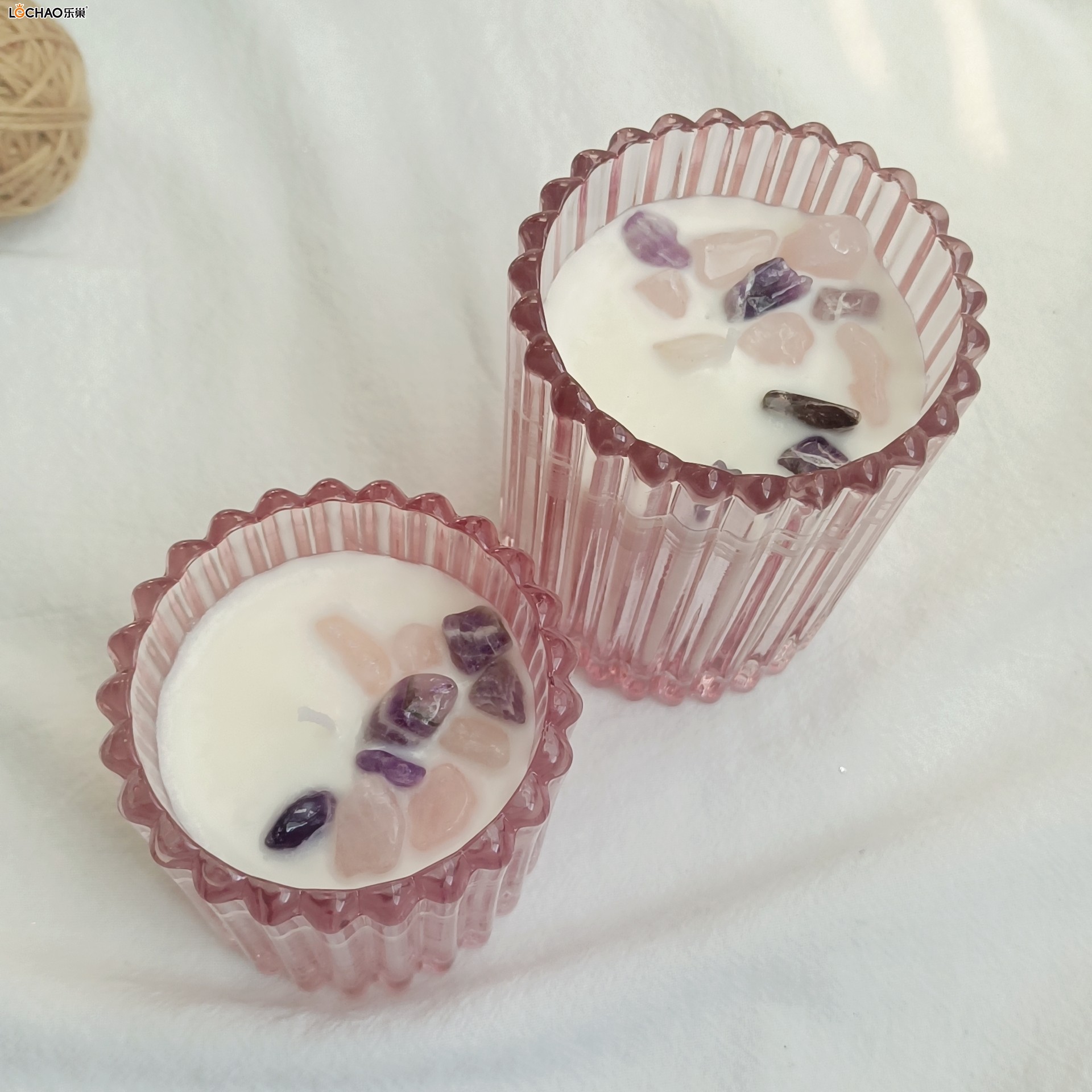A variety of factors can cause scented candles to lose their fragrance after lighting. Common causes and solutions are listed below:
1. The candle's "memory 




 ring" problem
ring" problem
- Cause: The initial burn was not held long enough (usually 1-2 hours), resulting in the wax pool not melting evenly to the edges. Subsequent burns only allow the flame to melt the center, reducing the area of wax available for fragrance release.
- Solution: Ensure the candle is completely liquefied (forming a complete wax pool) during the first burn. Subsequent burns should not exceed 3-4 hours.
2. The influence of the wax material
- Soy wax/coconut wax: Natural waxes have a low melting point, and their fragrance release is milder when burned at low temperatures, which may result in a weaker scent.
- Paraffin wax: Its fragrance is intense at high temperatures, but it can easily become "fragrance-locked" after cooling.
- Solution: Choose a blended wax (such as soy wax + beeswax) or ensure the ambient temperature is appropriate (avoid using in cold spaces).
3. Olfactory fatigue
- Cause: Prolonged exposure to the same scent can cause your olfactory nerves to adapt and become less sensitive (similar to "not being able to smell your own perfume"). =
- Solution: Use candles intermittently or alternate between different scents to maintain a fresh, olfactory experience.
4. Improper Candle Storage
- Cause: Direct sunlight or high temperatures can cause essential oils to evaporate, resulting in the loss of some fragrance even before lighting.
- Solution: Store in a cool, dark place and use as soon as possible after opening.
5. Wick Problems
- Cause: A wick that is too small results in insufficient flame temperature, preventing the full volatilization of fragrance molecules; or carbonization of the wick hinders combustion.
- Solution: Trim the wick to approximately 6mm (after cooling) to ensure efficient burning.
6. Environmental Factors
- Excessive Ventilation: Airflow can dilute the fragrance concentration.
- Excessive Space: The candle's fragrance coverage is exceeded (typically, one standard candle is suitable for 10-15 square meters).
- Solution: Use in a small space or choose multiple candles for collaborative fragrance diffusion.
Other Tips:
- When purchasing: Pay attention to the essential oil content (high-quality candles contain 5-10% essential oil). - Extinguishing method: Use a candle cap instead of blowing to reduce smoke interference with the fragrance.
- Seasonal conditions: Cold, dry environments may inhibit the spread of fragrance; use a humidifier.
If none of the above methods work, the candle's fragrance may be defective, or the candle's formula may be defective. We recommend trying a different brand.





